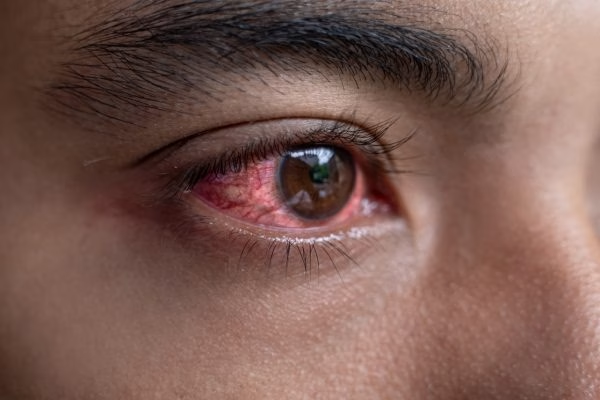"
Massachusetts dodged a bullet last weekend by just barely avoiding the wrath of Winter Storm Jonas. By the time Jonas hit the mid-Atlantic cities of Philadelphia, Washington D.C. and New York late on January 22nd, it became apparent the storm was of a historical magnitude. Traffic came to a standstill all along the I-95, forcing many to abandon their cars. As a result of car accidents, dehydration, hypothermia and various other injuries, Jonas claimed 28 people’s lives last weekend.
While it’s expected for people to be thankful that we avoided this snowstorm, it’s only a matter of time until one hits us. When that time comes, it’s essential for us to be ready and take the necessary steps to minimize these winter hazards. A good start will be to follow these simple safety precautions.
Dress Warmly to Avoid Getting Hypothermia
It may seem like a no-brainer to dress warmly during the winter, but many people fail to wear the appropriate clothing necessary to prevent frostbite, or even worse, hypothermia. The body begins experiencing hypothermia when the body’s temperature drops below 95°, which causes the blood to circulate slower. This becomes a major problem if this is sustained over an extended period of time, as once the vital organs stop receiving an adequate amount of blood, the body starts shutting down.
In addition to wearing a warm winter jacket, along with a hat and scarf, an appropriate pair of mittens is essential. Gloves are not nearly effective, as separating the fingers inhibits movement for the fingers, which is essential to perpetuating a healthy blood flow. Warm undergarments are a must for braving the cold, preferably ones made out of materials other than cotton. Long underwear makes a particularly effective undergarment, especially when it’s made out of either silk, polypropylene or wool.
It’s also extremely important to make sure your body remains dry at all times. The risk for catching hypothermia skyrockets if clothes get drenched.
Wear Appropriate Footwear to Avoid Slipping
Many boots may market themselves as winter boots, but many of them lack the slip-proof sole needed to safely navigate the winter landscape. Make sure your boots are designed to minimize any chance of slipping on ice.
It’s additionally essential to recognize what surfaces are safe to walk on. Your driveway may look totally ice-free, but black ice can blend in with basically anything. Many safe sidewalks have a white coat to them, resulting from the anti-freeze salting materials placed on them.
Stay Hydrated While You’re Shoveling
Because the air’s drier during the winter, many dehydration cases result from people shoveling snow. The signs of dehydration are more obvious during the summer, as the heat magnifies feelings of light-headedness, thirst and exhaustion. During the winter, though, your mind may be too fixated on the low temperatures to recognize it needs water. It’s incredibly important to stay hydrated while shoveling because people’s minds aren’t 100% when they’re dehydrated, so it ends up being a a major reason why people injure themselves during the winter.
If you believe you’re experiencing extreme dehydration, get somebody to drive you to AFC Urgent Care North Andover, where one of our medical professionals can treat you. To speak with one of our medical professionals, call us at 978-470-0800.
We look forward to helping you survive the winter of 2016!
"


